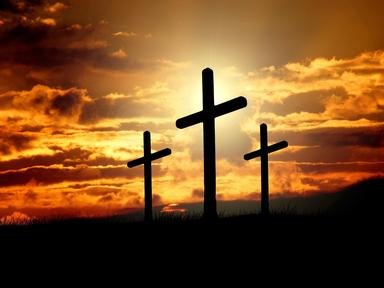
Mapping Europe's Patron Saints Quiz
The patron saints of European countries are intertwined with the rich history and religious traditions of those nations and the whole continent. Can you match each of the saints listed here with the country they protect?
A label quiz
by LadyNym.
Estimated time: 3 mins.
